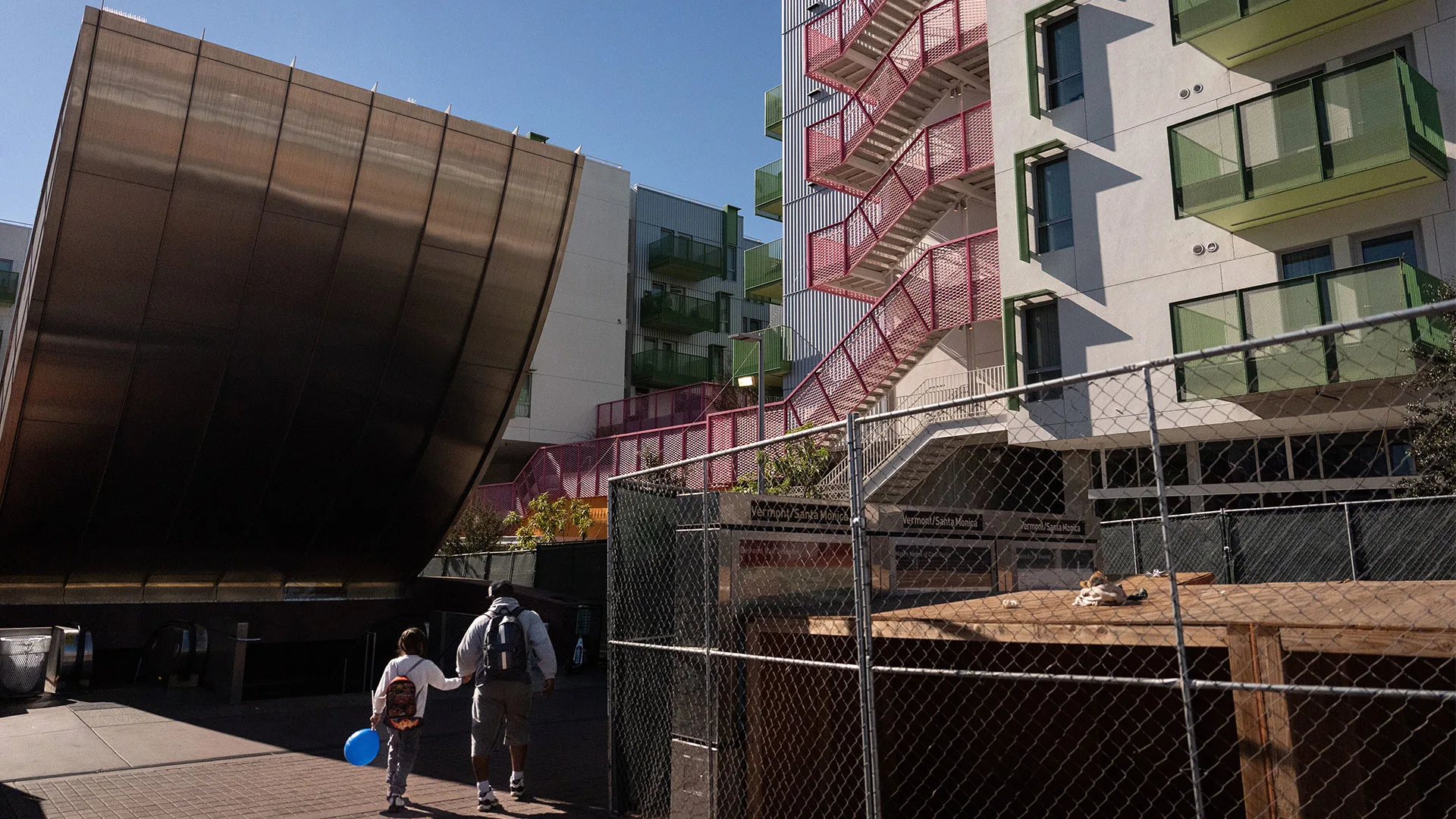
"After years of living on the street and crashing on friends' couches, Quantavia Smith was given the keys to a studio apartment in Los Angeles that came with an important perk-easy access to public transit. The 38-year-old feels like she went from a life where "no one cares" to one where she has a safe place to begin rebuilding her life. And the metro station the apartment complex was literally built upon is a lifeline as she searches for work without a car."
""It is more a sense of relief, a sense of independence," said Smith, who moved in July. She receives some government assistance and pays 30% of her income for rent - just $19 a month for an efficiency with a full-market value of $2,000."
"Metro areas from Los Angeles to Boston have taken the lead in tying new housing developments to their proximity to public transit, often teaming up with developers to streamline the permitting process and passing policies that promote developments that include a greater number of units. City officials argue building housing near public transit helps energize neglected neighborhoods and provide affordable housing, while ensuring a steady stream of riders for transit systems and cutting greenhouse gas emissions by reducing the number of cars on the road."
""Transit-oriented development should be one of, if not the biggest solution that we're looking at for housing development," said Yonah Freemark, research director at the Urban Institute's Land Use Lab, who has written extensively on the topic. "It takes advantage of all of this money we've spent on transportation infrastructure. If you build the projects and don't build anything around the areas near them, then it's kind of like money thrown down the drain," Freemark said."
Quantavia Smith moved into a studio apartment above a metro station after years of homelessness and couch-surfing, gaining easy public transit access for job searches without a car. She pays 30% of her income for rent—$19 monthly for an efficiency with a full-market value of $2,000—and receives some government assistance. Metro areas from Los Angeles to Boston pursue transit-oriented development by linking new housing to transit proximity, streamlining permitting, and promoting higher-density units. Building housing near transit can revitalize neglected neighborhoods, provide affordable housing, maintain transit ridership, and reduce greenhouse-gas emissions by lowering car dependence.
Read at Fast Company
Unable to calculate read time
Collection
[
|
...
]